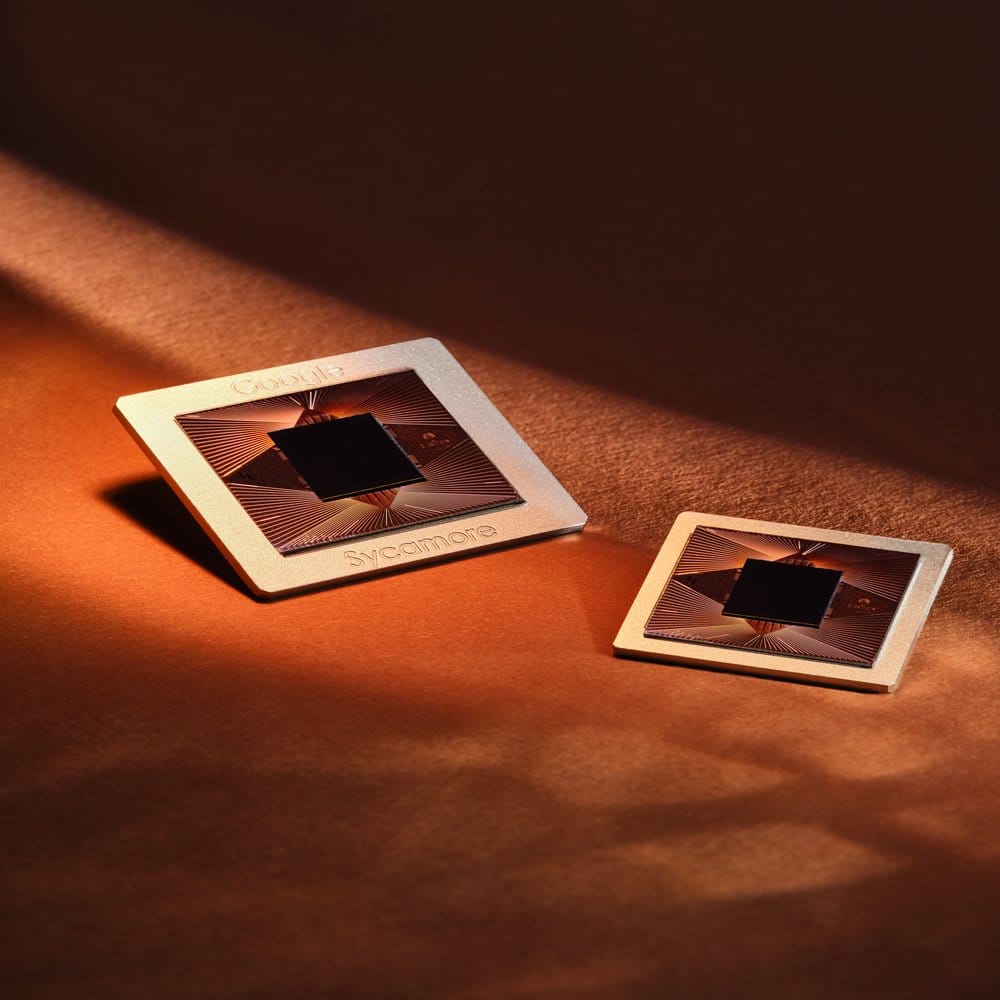Key Takeaways
1. MIT physicists resolved a long-standing debate between Einstein and Bohr, confirming Bohr’s view on quantum mechanics.
2. A refined double-slit experiment showed light’s dual nature as both a wave and a particle, but they cannot be observed simultaneously.
3. The experiment utilized over 10,000 super-cooled atoms as isolated slits, enhancing the analysis of light’s properties.
4. Findings revealed that increased data on a photon’s particle-like behavior weakened its wave-like interference pattern.
5. This breakthrough contributes to the upcoming International Year of Quantum Science and Technology in 2025.
In a remarkable new showcase of quantum mechanics, a group of physicists from MIT has resolved a long-standing clash between Albert Einstein and Niels Bohr, revealing that Einstein was mistaken. The researchers carried out a refined version of the iconic double-slit experiment, demonstrating that light possesses a dual nature as both a wave and a particle, but these two forms can never be seen at the same moment.
The Historic Debate
This experiment tackles a thought experiment from 1927 where Einstein claimed it was possible to determine which of the two slits a photon went through while also observing its wave-like interference pattern. Niels Bohr countered this by invoking the quantum uncertainty principle, arguing that it was unachievable.
Innovative Approach
The team at MIT, led by Professor Wolfgang Ketterle, took this age-old debate into a laboratory setting. Rather than using a physical screen with slits, they employed laser beams to create a perfect lattice of over 10,000 super-cooled atoms, with each atom functioning as an individual, isolated slit. By passing weak light beams through these atoms, they were able to carefully analyze the relationship between light’s particle and wave properties.
Their findings, published in Physical Review Letters, strongly validated Bohr’s argument. The researchers discovered that as they collected more data regarding a photon’s particle-like trajectory, the wave-like interference pattern became increasingly weaker.
A New Era in Quantum Science
Einstein and Bohr would likely have never imagined the ability to conduct such an experiment with individual atoms and photons. “What we have done is an idealized Gedanken experiment,” said Wolfgang Ketterle, a professor of Physics at MIT.
The timing of this discovery is quite significant, as the United Nations has proclaimed 2025 to be the International Year of Quantum Science and Technology (IYQ), marking the centenary of the theory’s inception.
Source:
Link


